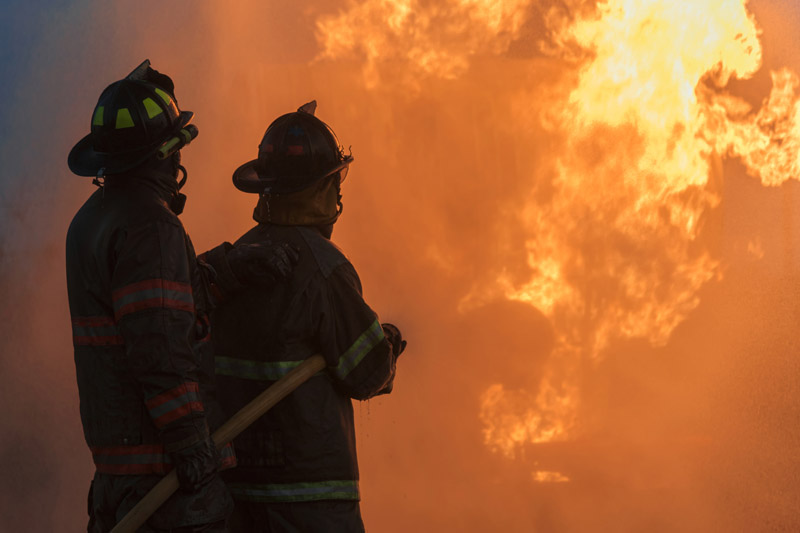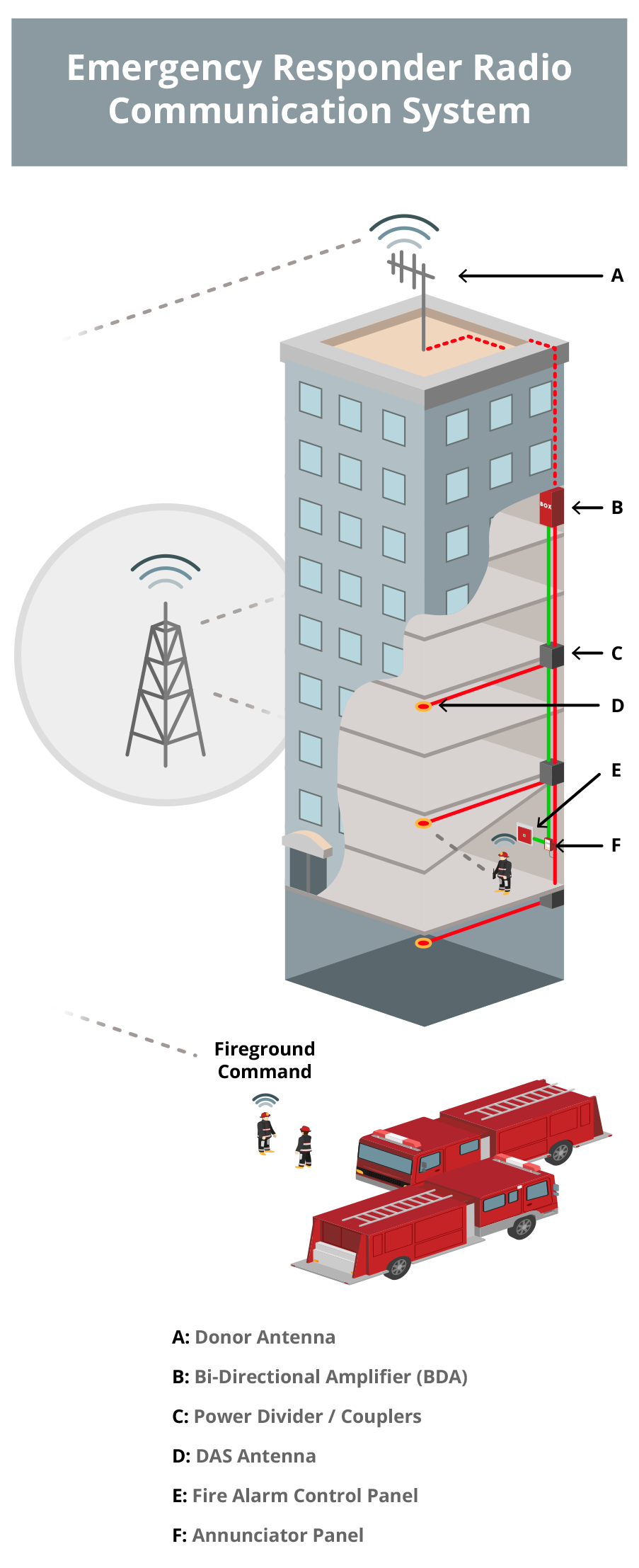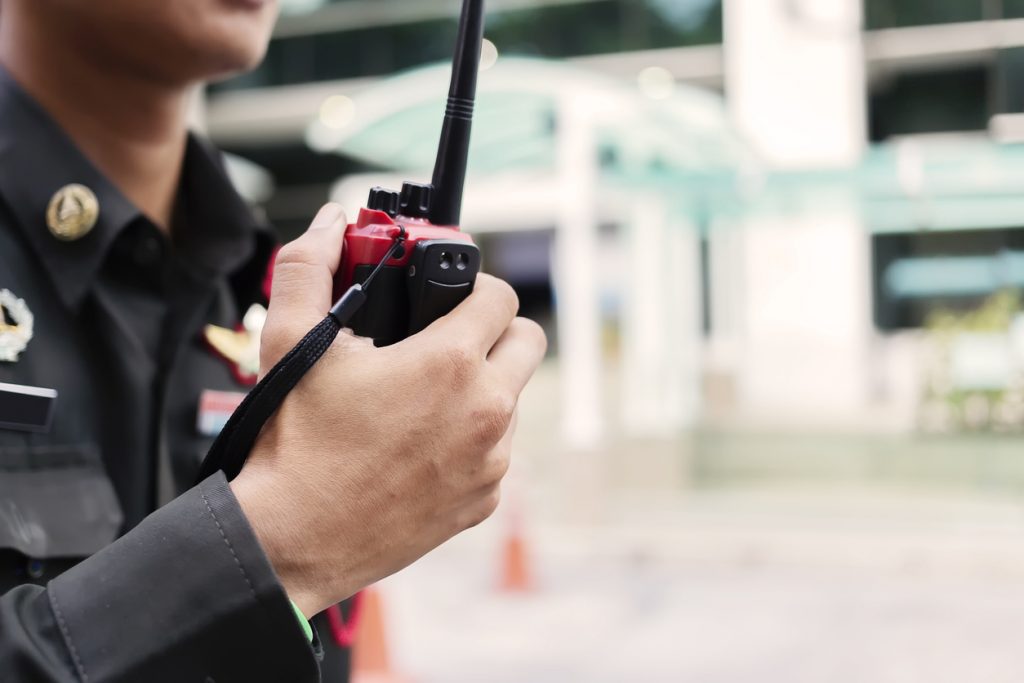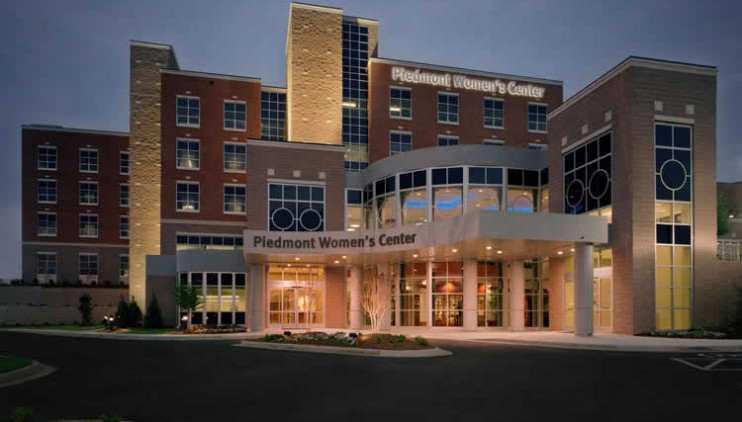In the unlikely event that you are in an emergency situation at your work, school, or local big-box retailer, how do you make sure that help is on the way? Emergency responder radio communications systems (ERRCS) are the primary means for reaching out to first responders when you need help in an emergency.
First responders use special handheld radios that pick up signals from ERRCSs so they can provide assistance quickly and effectively. Once the emergency personnel respond to the incident, the ERRCS (sometimes also called Public Safety DAS) will also facilitate communication between the members of the team, by eliminating “dead zones” where radios and walkie talkies don’t work.

















